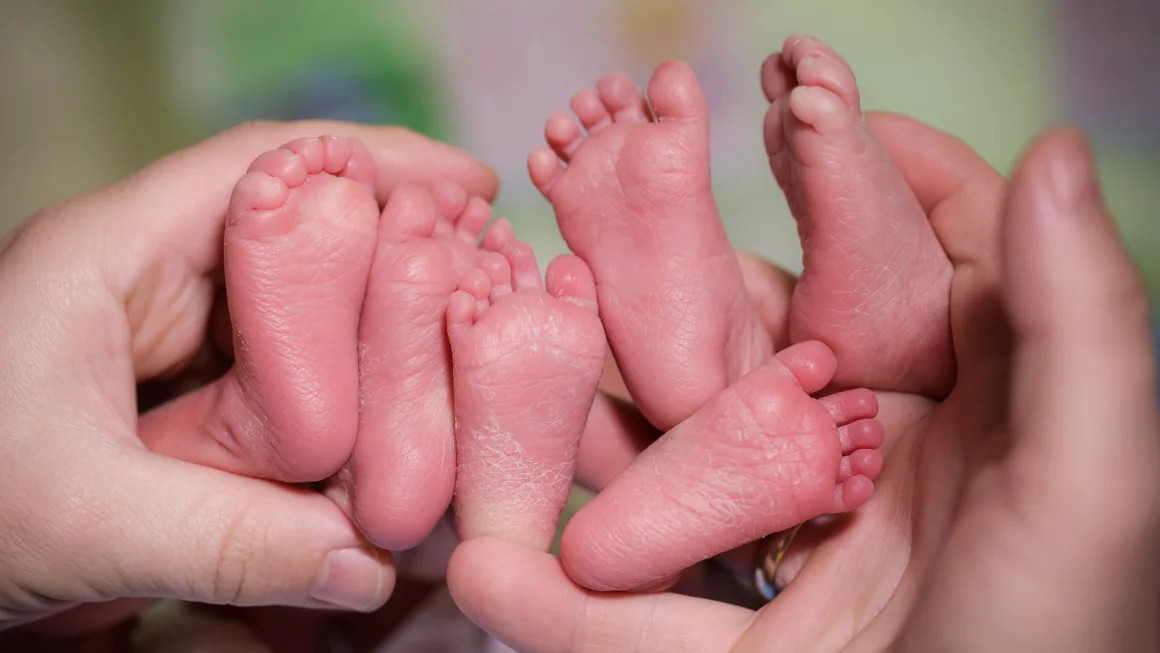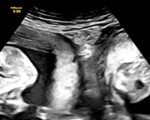The birth of triplets, quadruplets, and higher-order multiples is increasingly rare in the United States. According to a recent report from the U.S. Centers for Disease Control and Prevention (CDC), the rate of triplet and higher-order births declined by 62% from 1998 to 2023. This decrease is particularly notable among mothers aged 30 and older.
Factors Behind the Decline
The decline in multiple births appears to be linked to stricter guidelines surrounding assisted reproductive technologies (ART), such as in vitro fertilization (IVF). Researchers from the CDC’s National Center for Health Statistics noted that transferring multiple embryos during IVF increases the chances of conceiving twins or more.
“Monitoring trends in triplet and higher-order multiple births is important because women with these pregnancies face higher risks of complications, and their infants are more likely to experience preterm birth and mortality,” explained Joyce Martin, a researcher at the CDC.
Historical Context
The rise of multiple births began in the 1980s, coinciding with the mainstream adoption of fertility treatments. In the early 2000s, organizations such as the American Society for Reproductive Medicine began issuing guidelines aimed at reducing the number of embryos transferred, thereby lowering the risk of complications. Since then, these guidelines have been periodically updated to reflect advancements in fertility technology.
Dr. Micah Hill, president of the Society for Assisted Reproductive Technology, emphasized that the correlation between these guidelines and declining birth rates is evident. He noted, “If you look at the CDC’s numbers, the declines follow each year or two after these guideline updates.”
The most recent guidelines, published in 2021, recommend transferring only a single embryo for patients younger than 35 and no more than four untested early-stage embryos for those older than 40.
Changes in Fetal Reduction Practices
Beyond guidelines for embryo transfers, practices surrounding fetal reduction—where the number of fetuses is intentionally decreased in high-order pregnancies—have evolved. Dr. Amanda Williams of the March of Dimes pointed out that this is a positive development for maternal and infant health, as pregnancies with three or more fetuses carry significant risks, including preterm birth and low birth weight.
Public Health Concerns Addressed
Historically, the incidence of triplet and higher-order births rose from 37 per 100,000 births in 1980 to a peak of 194 per 100,000 in 1998. This increase raised alarms due to the associated risks for both mothers and infants. The recent report indicates that this rate has now dropped to around 74 per 100,000 births.
From 1998 to 2009, there was a modest decline, but a more significant decrease of 52% occurred from 2009 to 2023, coinciding with a broader awareness of the risks associated with multiple births.
Current Statistics and Racial Disparities
The total number of triplet and higher-order births decreased by 65% between 1998 and 2023, from 7,625 births in 1998 to 2,653 last year. Analysis shows that while the rates for White mothers fell by 71%, the rates for Hispanic mothers decreased by 25%, and the rates for Black mothers actually rose by 25% during the same period.
Williams explained that the disparities in multiple births among different racial groups may be linked to access to advanced reproductive technologies. Black and low-income women may rely on less sophisticated methods of assisted reproductive technology, leading to higher rates of multiple births.
Conclusion
Overall, the findings from the CDC report highlight the importance of established guidelines in reducing the incidence of triplet and higher-order births, which carry significant risks for both maternal and infant health. Dr. Rachel McConnell from Columbia University commented that the report’s insights illustrate the success of these guidelines in minimizing multiple pregnancies resulting from IVF.











